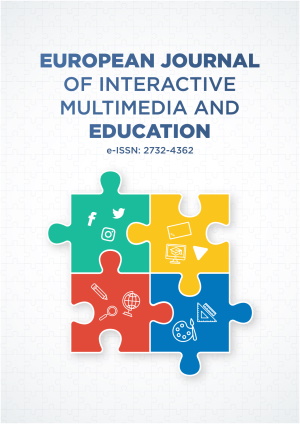Abstract
ICT increases access, enhances efficiency and improves quality in education. Kenya recommended the use of the ICT infrastructure in teaching and learning in secondary schools. However, studies show that adoption rate has been very low in comparison to global demands... The study sought to investigate the state of ICT infrastructure in teaching and learning in Kenyan secondary schools. The study adopted a descriptive survey research design. Questionnaires, interviews and observation schedules were used to collect data from the respondents. Descriptive statistics in form of frequencies and percentages were used to analyze data. The study established that most schools have low investment in ICT infrastructure due to high costs of computer hardware, software and related accessories. The use of ICT infrastructure has necessitated the need for development of new skills and competencies among teachers, school heads and learners. Therefore, there is need for all stakeholders to address all the challenges that hinder use of ICT in teaching and learning so as the schools cannot lag behind since the process is in its initial stages.
License
This is an open access article distributed under the Creative Commons Attribution License which permits unrestricted use, distribution, and reproduction in any medium, provided the original work is properly cited.
Article Type: Research Article
EUR J INTERACT MULTIMED ED, Volume 1, Issue 1, January 2020, Article No: e02002
https://doi.org/10.30935/ejimed/8283
Publication date: 19 May 2020
Article Views: 9494
Article Downloads: 9546
Open Access References How to cite this article
 Full Text (PDF)
Full Text (PDF)